Cornell Style Note-taking
Kimberly Glover, CHESS teacher and homeschool parent, shares about a helpful method of note taking that can be used in CHESS classes as well as at home.
One of the most difficult things for me as a student was taking the information taught in class and understanding it well enough to keep the material in my storehouse of knowledge. Memorization was easy. I could repeat facts by writing them down on a test, but that didn’t always translate into knowing a subject well enough to carry it with me outside of the classroom. I believe a student can learn to do this by putting the information into his brain in a way he understands. This is where the “Cornell Style” of note-taking can help.
Before we talk about actual note-taking, make sure your student understands the importance of keeping an orderly notebook for every class. Having everything in its place goes a long way in helping your student, but it’s essential for the student who struggles with a learning disability like ADD, ADHD, or Dyslexia. If your student can’t put their history notes in a chronological order as they were taught because they stuffed them in their bag rather than putting them directly in a notebook, they will already be at a disadvantage.
Cornell Notes:
The “Teacher’s Notes” section of the page is simply the information the teacher gives in class. If a teacher writes it down on the board or shows any visual during class time, it will go in this section. This is the information explained by the teacher as she [the teacher] understands it. Typically what a teacher writes out will be the main ideas of the lesson, so “Teacher’s Notes” is essentially the big picture of what the teacher wants the student to understand.
The “My Notes” section will have information that the student gleans from the teacher’s discussion of the topics. These notes will build on the ideas that the teacher has written on the board. This is the beginning of the student taking the teacher’s information and making it their own.
For myself, I am a visual learner. If you are giving me directions to your home, don’t tell me or write it out—instead, draw me a map. When I take notes (like in the “My Notes” section) there will be symbols and simple drawings along with my written notes to help focus my mind. This is also a good place to bring in colored pencils and highlighters. Sometimes a teacher will ask questions to make sure the students are grasping the material; the “My Notes” section is a good place to put these questions because typically if it’s asked in class it will be on an exam.
While the “Teacher’s Notes” and “My Notes” are both done in class, “Summary” is done at home, preferably the same day. The student will take everything from both sets of notes and combine them into a paragraph. This is basically the section where the student should be able to have a written conversation about what they learned on the subject and realize any gaps they may have (like definitions of words). If the topic is of interest to them this is a great place to add more information.
By taking notes using the “Cornell” model, your student should be able to look back over a semester’s (or longer) worth of work and easily prepare for an exam. If your student practices this method, (using it to take notes during sermons is great idea), by the time they get to college they will have an easier time keeping up with the higher level work. Amazon sells Cornell notebooks and Cornell notebook paper to make this process even easier for students or you can draw the lines yourself on regular notebook paper.
While I have discussed this topic as it pertains to students taking classes at CHESS, this is also a great method for homeschool students to use when they are studying a subject on their own or with a parent.
Kimberly combined her passions for teaching and photography into one fulfilled dream at CHESS. She has always loved teaching, beginning with the Bible classes she taught as a high school student. She studied English at the University of Memphis in Tennessee, with the goal of teaching high school, and also studied psychology at Northwestern State University in Louisiana.Married to a writer and editor, she has been educating their children at home for more than a decade. Mrs. Glover’s passion for photography inspired her decision to start Cedar Box Photography six years ago. She applies the creative skills she has learned in that role to her activities in the homeschooling community, which include yearbook photography, senior portraits and graduation photos.
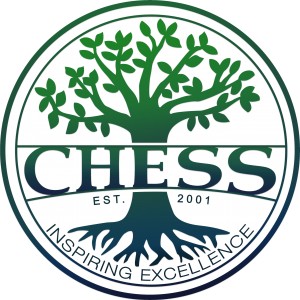
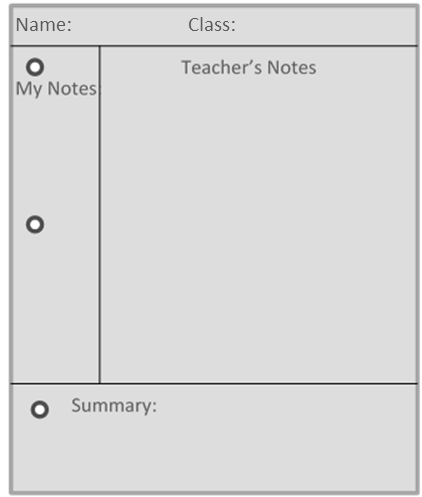
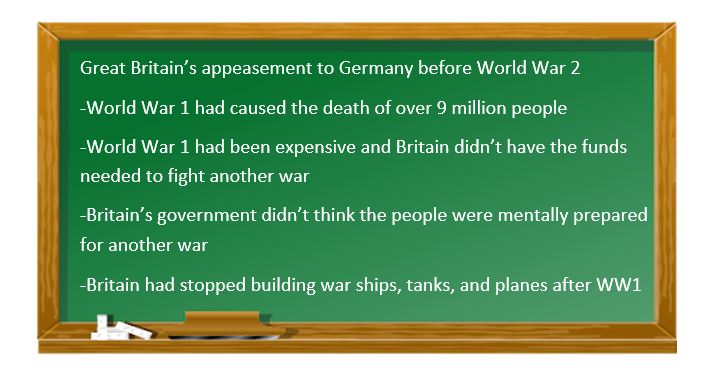
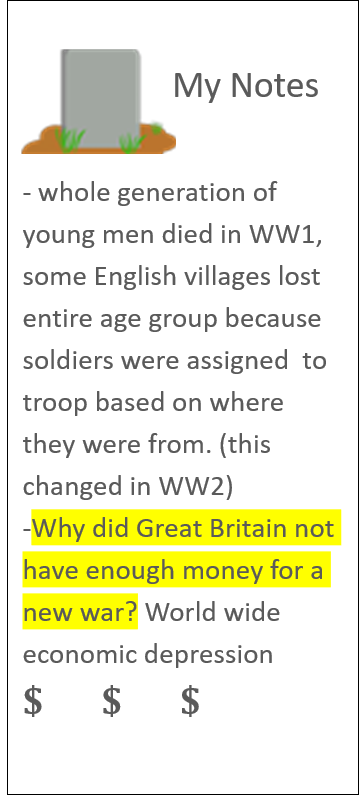



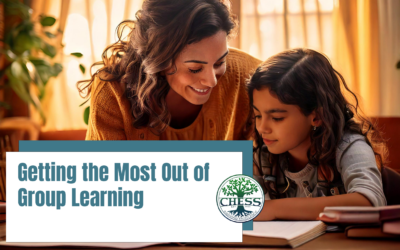
0 Comments